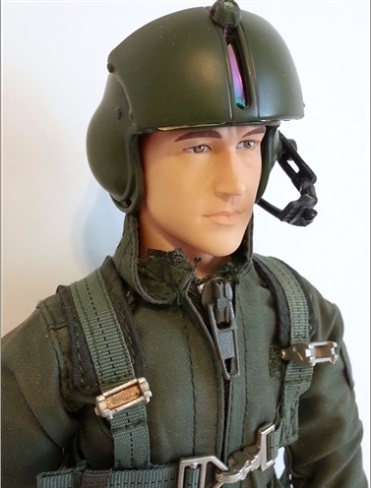
MakerIoT2020 wrote a comment on The Launchpad - A $2 Arduino Nano alternative.ae0053nol wrote a comment on The Water Watcher.Tomicktwo liked FDM nozzle controlled vibration for wall texturing.Arsenijs Picugins on Retro Breadboard Gives Up Its 1960s Secrets.

genixia on 5-Axis 3D Printing For The Rest Of Us.Matthew Hajicek on Hackaday Links: March 13, 2022.ytrewq on Retro Breadboard Gives Up Its 1960s Secrets.ddss on Reversible Ventilation Hack Keeps The Landlord Happy.Joshua on Ice Fishing Tent Makes Winter Ham Radio Comfy.Argejoi on Haptic Smart Knob Does Several Jobs.Michael Black on Ice Fishing Tent Makes Winter Ham Radio Comfy.Marvin on Beautiful Engineering In This Laser Unit From A Tornado Jet Fighter.Hackaday Podcast 159: Zombie Killer Or Rug Maker, 3D Printed Rims, 1950s Drum Machines, And Batteries On Wheels No comments Posted in ATtiny Hacks, Wireless Hacks Tagged attiny85, Digispark, rc, simulator, transmitter Post navigation The current code only supports three channels for a simple airplane setup (X and Y for joystick, plus throttle), but it should be easy enough to follow along and add more channels if you needed them for more complex aircraft.įor more information on the intricacies of RC transmitter and receiver interaction, check out this fascinating research on receiver latency. It loops through listening for PWM signals on the input pins, and maps that to USB joystick position information. On the software side, the Arduino sketch does about what you expect. RC receivers are 5 VDC and draw very little current, so it’s even possible to power the whole arrangement from the USB port. Simply connect the various channels from the RC receiver to the digital input pins. The setup is actually very simple. used the ATtiny85 based Digispark development board because it’s what he had on hand, but the principle would be the same on other microcontrollers. Not only is this more convenient since you can use the simulator without wires, but it will make sure that the minutiae of your radio hardware (such as response lag) is represented in the simulation.

Rather than plugging the transmitter into the computer, his approach allows the receiver to mimic a USB joystick. writes in to share with us his simple hack for interfacing his RC hardware to his computer over USB. But the simulator won’t do you much good if it doesn’t feel the same you really need to hook your normal RC transmitter up to the computer for the best experience. Whether you want to be able to “fly” when it’s raining out or you just want to practice your moves before taking that expensive quadcopter up for real, a good simulator on your computer is the next best thing. With the radio control hobby arguably larger now than it ever has been in the past, there’s a growing demand for high-fidelity PC simulators.


 0 kommentar(er)
0 kommentar(er)
